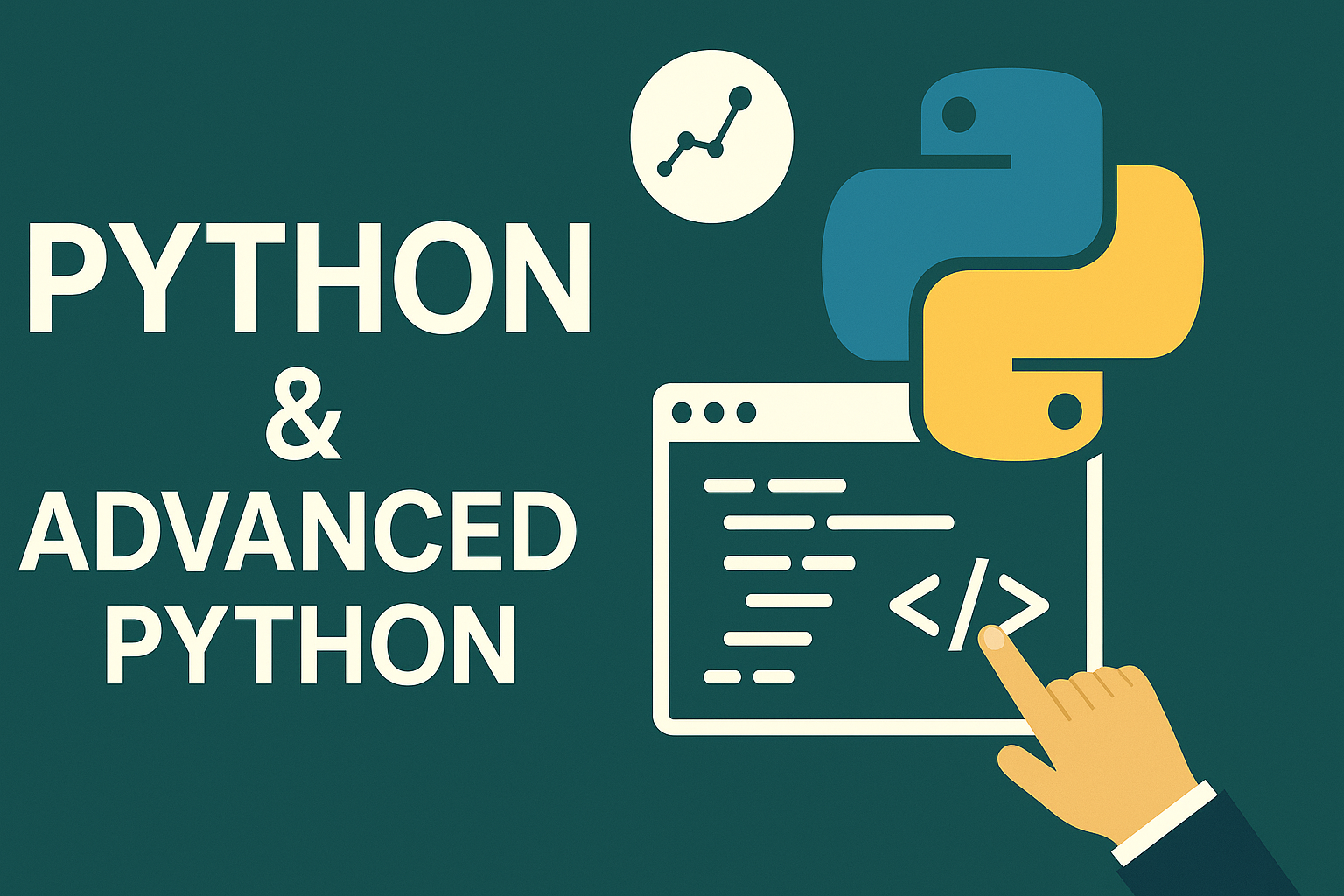Course Content
Module 1: Introduction to Tableau
You don't currently have access to this content
7 Topics
• What is Software Testing?
You don't currently have access to this content
• Why testing is important in SDLC
You don't currently have access to this content
• Software Development Life Cycle (SDLC)
You don't currently have access to this content
• Software Testing Life Cycle (STLC)
You don't currently have access to this content
• Types of Testing: Manual vs Automation
You don't currently have access to this content
• QA vs QC vs Testing
You don't currently have access to this content
• Roles and responsibilities of a tester
You don't currently have access to this content
Module 2: Cloud Fundamentals
You don't currently have access to this content
6 Topics
• Black-box Testing
You don't currently have access to this content
• White-box Testing
You don't currently have access to this content
• Grey-box Testing
You don't currently have access to this content
• Static vs Dynamic Testing
You don't currently have access to this content
• Test Levels: Unit, Integration, System, Acceptance
You don't currently have access to this content
• Test Types: Smoke, Sanity, Regression, Functional, Non-functional
You don't currently have access to this content
Module 3: Manual Testing Fundamentals
You don't currently have access to this content
7 Topics
• Requirement Analysis
You don't currently have access to this content
• Test Plan, Test Strategy
You don't currently have access to this content
• Test Case Design Techniques:
You don't currently have access to this content
• Writing test cases and test scenarios
You don't currently have access to this content
• Test Execution and Defect Reporting
You don't currently have access to this content
• Bug lifecycle and tracking
You don't currently have access to this content
• Tools: JIRA, Bugzilla, Mantis
You don't currently have access to this content
Module 4: SDLC & Agile Testing
You don't currently have access to this content
5 Topics
• Agile methodology and Scrum framework
You don't currently have access to this content
• Role of QA in Agile
You don't currently have access to this content
• Sprint planning, stand-ups, retrospectives
You don't currently have access to this content
• User stories and acceptance criteria
You don't currently have access to this content
• Test estimation in Agile
You don't currently have access to this content
Module 5: Automation Testing – Selenium (with Java or Python)
You don't currently have access to this content
9 Topics
• Introduction to Selenium WebDriver
You don't currently have access to this content
• Setting up automation framework
You don't currently have access to this content
• Locators (XPath, CSS, ID, etc.)
You don't currently have access to this content
• Handling popups, alerts, dropdowns
You don't currently have access to this content
• Synchronization: Implicit/Explicit Waits
You don't currently have access to this content
• TestNG / JUnit frameworks
You don't currently have access to this content
• Data-driven testing (Excel/CSV)
You don't currently have access to this content
• Page Object Model (POM) framework
You don't currently have access to this content
• Maven and Git integration
You don't currently have access to this content
Module 6: API Testing (Postman + REST Assured)
You don't currently have access to this content
6 Topics
• What is an API?
You don't currently have access to this content
• GET, POST, PUT, DELETE methods
You don't currently have access to this content
• Status codes and headers
You don't currently have access to this content
• Testing REST APIs using Postman
You don't currently have access to this content
• Writing tests in Postman
You don't currently have access to this content
• Automation with REST Assured (Java/Python)
You don't currently have access to this content
Module 7: Performance Testing Basics (JMeter)
You don't currently have access to this content
4 Topics
• Introduction to performance testing
You don't currently have access to this content
• Basics of Apache JMeter
You don't currently have access to this content
• Load, stress, and endurance testing
You don't currently have access to this content
• Analyzing performance test results
You don't currently have access to this content
Module 8: Database Testing
You don't currently have access to this content
4 Topics
• Writing basic SQL queries
You don't currently have access to this content
• Data validation from UI to DB
You don't currently have access to this content
• Working with joins, subqueries
You don't currently have access to this content
• Testing stored procedures, triggers
You don't currently have access to this content
Module 9: Version Control and CI/CD Basics
You don't currently have access to this content
3 Topics
• Git and GitHub basics
You don't currently have access to this content
• Jenkins for running automated test jobs
You don't currently have access to this content
• Integrating Selenium with Jenkins
You don't currently have access to this content
Module 10: Mobile App Testing (Optional)
You don't currently have access to this content
3 Topics
• Introduction to mobile testing
You don't currently have access to this content
• Real device vs emulator testing
You don't currently have access to this content
• Appium for Android/iOS automation
You don't currently have access to this content
Includes
10 Lessons
54 Topics




